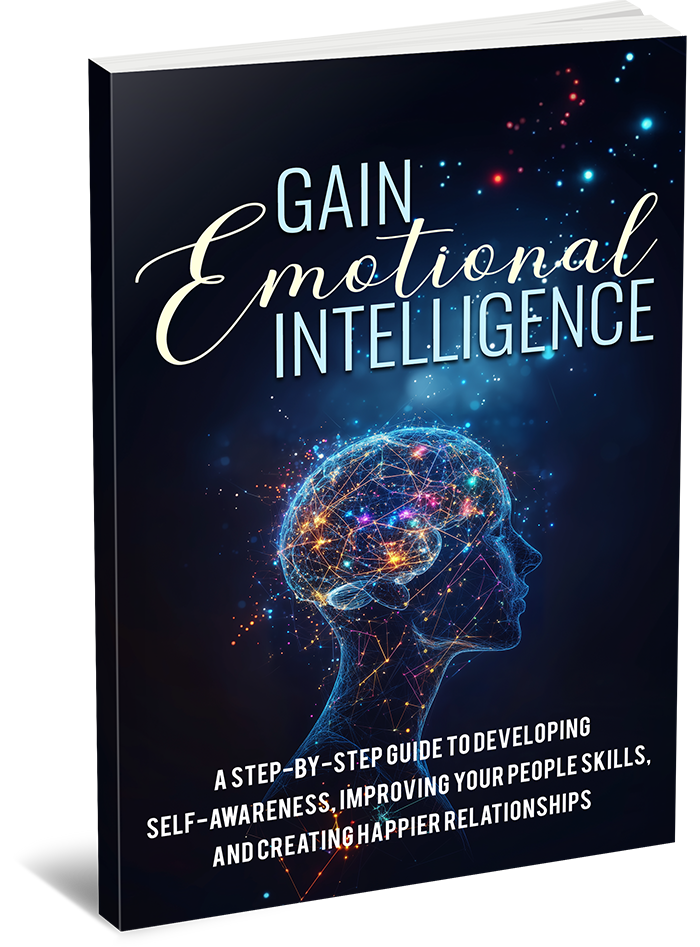Deploying Generative AI in the Enterprise: Strategies and Fundamental Prerequisites
Integrating generative artificial intelligence into enterprises presents many significant methodological challenges. Even for data scientists, launching an AI project can be difficult and require a complete overhaul of working practices. This rule also applies to generative AI, and for its successful integration, three methodological pillars are essential.
Step #1: Start from an existing base
Developing generative AI means not starting from scratch. Currently, there are a variety of pre-trained language models (LLMs) available to meet a variety of objectives right from the start of the project, whether for a conversational assistant or image recognition. It is not only possible but highly recommended, to use resources made available by the community, for example via open-source algorithms or platforms such as Microsoft Azure. Teams can use algorithms capable of recognizing images, and objects or analyzing sentences, thus saving a considerable amount of time.
Step #2: Gradually expand the scope
When integrating features into a generative AI project, it's important to proceed with caution. Too many features at the outset can make the goal too remote, taking longer to develop and increasing the risk of failure. It's best to develop a conversational assistant gradually, starting with a model that handles a limited percentage of problems or use cases. Success depends on agility and the ability to expand gradually.
At the start of the project, it's crucial to work closely with the business to determine the tasks to be assigned to the conversational assistant. Then, the functions are divided into blocks according to a business axis created by future users and a technical axis assessing algorithmic complexity. The aim is first to integrate functionalities with high business value and low technical complexity, known as "quick wins". Then, in an iterative approach, the assistant is progressively enriched according to user feedback.
Step #3: Test and evolve the algorithm
It's important to put the algorithm into practice with industries right away, without waiting for the product to be perfect. Flexibility is also essential to facilitate the evolution of the algorithm. This requires efficient automation of model delivery and learning, enabling functionality to be improved over time.
Infrastructure evolution must also be taken into account. Managing large quantities of data, whether internal or external, such as "open data", may require an infrastructure that can be scaled. Consequently, having an easily scalable infrastructure is crucial to the successful deployment of generative AI in enterprises.
To sum up, a rigorous methodological approach is needed to integrate generative AI into the workplace. This starts with the intelligent use of existing resources, then the functional scope is gradually extended and ends with an early confrontation of the algorithm with the requirements of the professional domain. The success of these initiatives depends on agility and scalability, both in terms of functionality and infrastructure.



No comments:
Post a Comment